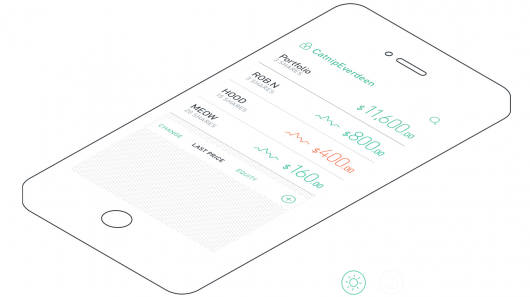Stock Trading Costs
Post on: 1 Сентябрь, 2015 No Comment

The ongoing slide in the stock market has pundits claiming that only suckers buy and hold stocks for the long term. And if you — like most people — have seen your portfolio hit the skids, the idea of actively trading stocks may look more and more attractive to you.
But depending on what kind of stocks you invest in, active trading can really increase the amount you pay in costs. Even worse, while most investors know what they’re paying in commissions, they don’t even notice the trading costs, which often end up being much more substantial.
More than just a brokerage fee
You may wonder why, out of all the reasons why frequent trading can hurt you in the long run, I’m focusing on trading costs. After all, in the era of deregulated commissions, you can find ways to trade stocks that cost next to nothing. Many discount brokers charge $10 or less for many stock transactions.
It’s true that falling brokerage commissions have made it easier for successful active traders to avoid losing a huge portion of their profits to transaction costs. But there’s another cost that frequent traders pay — and it’s a bigger deal than you may think.
Fighting the spread
If you’ve ever pulled up a detailed stock quote, you may have noticed that two prices come up. One, called the bid price. is what a buyer has agreed to pay to buy shares from you. The other, called the ask price. is the price at which a seller is willing to sell you the shares they own.
So when you buy a stock with a market order. the price you’ll end up paying is the ask price. On the other hand, when you decide to sell the same stock, you won’t get that ask price — you’ll get the lower bid price.
Historically, the difference between bid and ask prices — also known as the bid-ask spread — used to be much higher. As recently as a decade ago, most shares traded in fractions of a dollar, with the smallest increment being 1/16 of a dollar. So even the most active issues would typically have a bid-ask spread of at least $0.0625 per share.
That meant that if you bought 1,000 shares and then immediately decided to sell them back, you’d lose more than just the commission cost of two trades. You’d also get $62.50 less for your shares — because you’d have to pay the ask price to buy them, but would only receive the bid price when you sold them.
Decimalization and you
Luckily, the Securities and Exchange Commission required U.S. exchanges to give up the fractional trading system in favor of decimal pricing. By 2001, all New York Stock Exchange-listed stocks traded in decimals, making it possible for bid-ask spreads to be as small as a single penny. So in the example above, for a stock where the bid-ask spread was just $0.01 per share, the cost of an immediate purchase and sale would fall to just $10.
Although studies show that bid-ask spreads narrowed significantly as a result of decimal pricing, that doesn’t mean that you can ignore them entirely. Active issues usually have tight bid-ask spreads. But if you prefer to trade less liquid stocks — such as small- and mid-cap companies — you’ll still face sizable bid-ask spreads.
Here are some examples I looked up on Yahoo! Finance:














